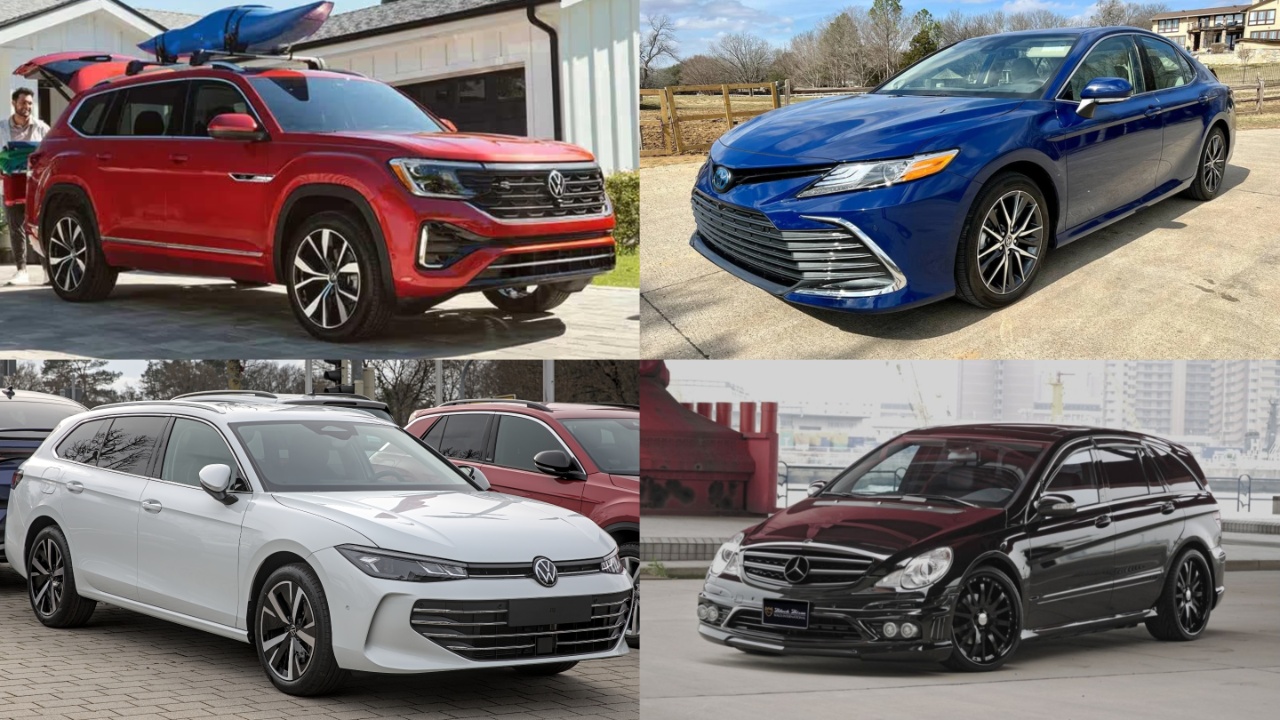In today’s global automotive industry, many foreign brands build vehicles right here in the United States. This local production not only aids in cutting costs but also enhances brand loyalty among American buyers. From German luxury cars to Japanese sedans, many popular models come off American assembly lines.
This strategy helps manufacturers cater specifically to the North American market while maintaining global consistency. A prime example of this practice is the Mercedes-Benz R-Class, a vehicle made in Alabama. Other models like the Toyota Camry and Honda Accord also illustrate how global carmakers increasingly rely on American facilities.
1. Mercedes-Benz R-Class: The Alabama-Born Oddity
The R-Class was one of Mercedes-Benz’s most unique vehicles. Looking like a cross between a van and an SUV, it was assembled in Alabama and stood out for offering an AMG trim—unusual for a family vehicle. Despite its intriguing specs, including a V8 option, it didn’t gain wide popularity.
Its niche market, high cost, and oddball design made it difficult to sell. Even lower-trim versions couldn’t gain traction. Eventually, the R-Class was dropped in the U.S. and Europe. However, it found a second life in China, where demand justified continued production—albeit no longer in Alabama.
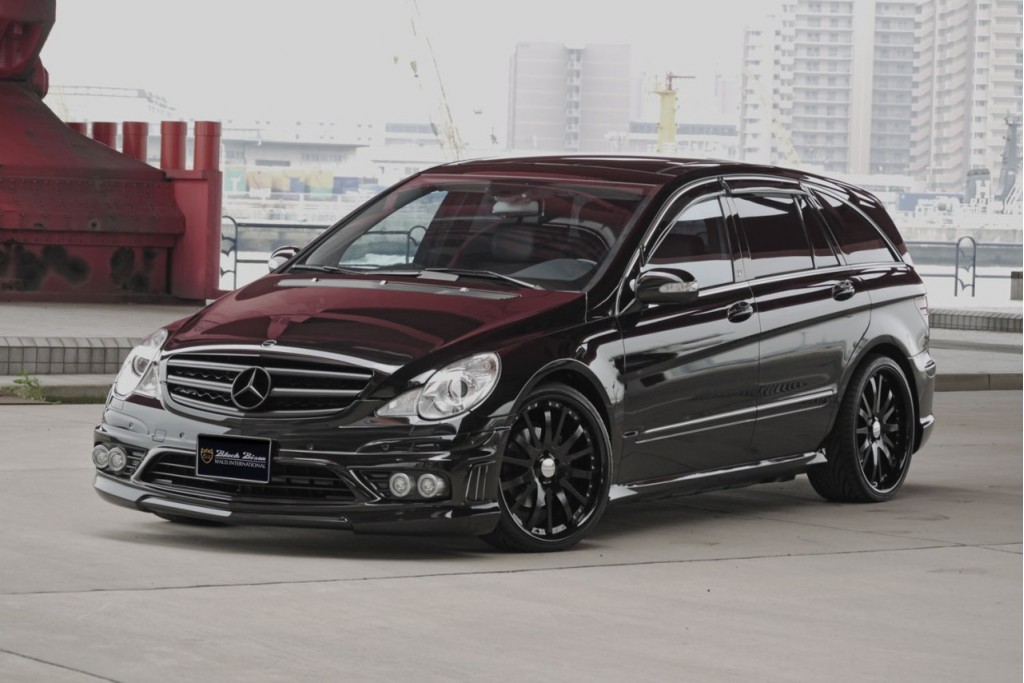
When Mercedes ceased R-Class production in Alabama, Chinese demand still warranted its continuation. But with Alabama plants refocused on more profitable ventures, Mercedes outsourced R-Class production to AM General in Indiana.
This plant now builds R-Class models exclusively for the Chinese market. This pivot illustrates how automakers can shift production strategies rapidly to serve niche demands.
While no longer available stateside, the R-Class lives on as an American-made export. It’s an interesting case of an American-made Mercedes being more successful abroad than at home, driven by localized tastes and strategic production allocation.
2. Toyota Avalon: A Kentucky Exclusive
Toyota’s Avalon is one of the few vehicles exclusively built in the U.S. While Toyota produces popular models like the Camry worldwide, the Avalon is built only in Kentucky.
Known for its spaciousness and comfort, the Avalon serves as Toyota’s full-size sedan offering. Even units meant for export are manufactured in the same American plant. This underscores Toyota’s commitment to American craftsmanship.
Despite being a Japanese brand, Toyota leverages its U.S. facilities to meet global demand. As large sedans face declining interest in some markets, Toyota’s focused production reflects changing consumer preferences and efficient manufacturing.
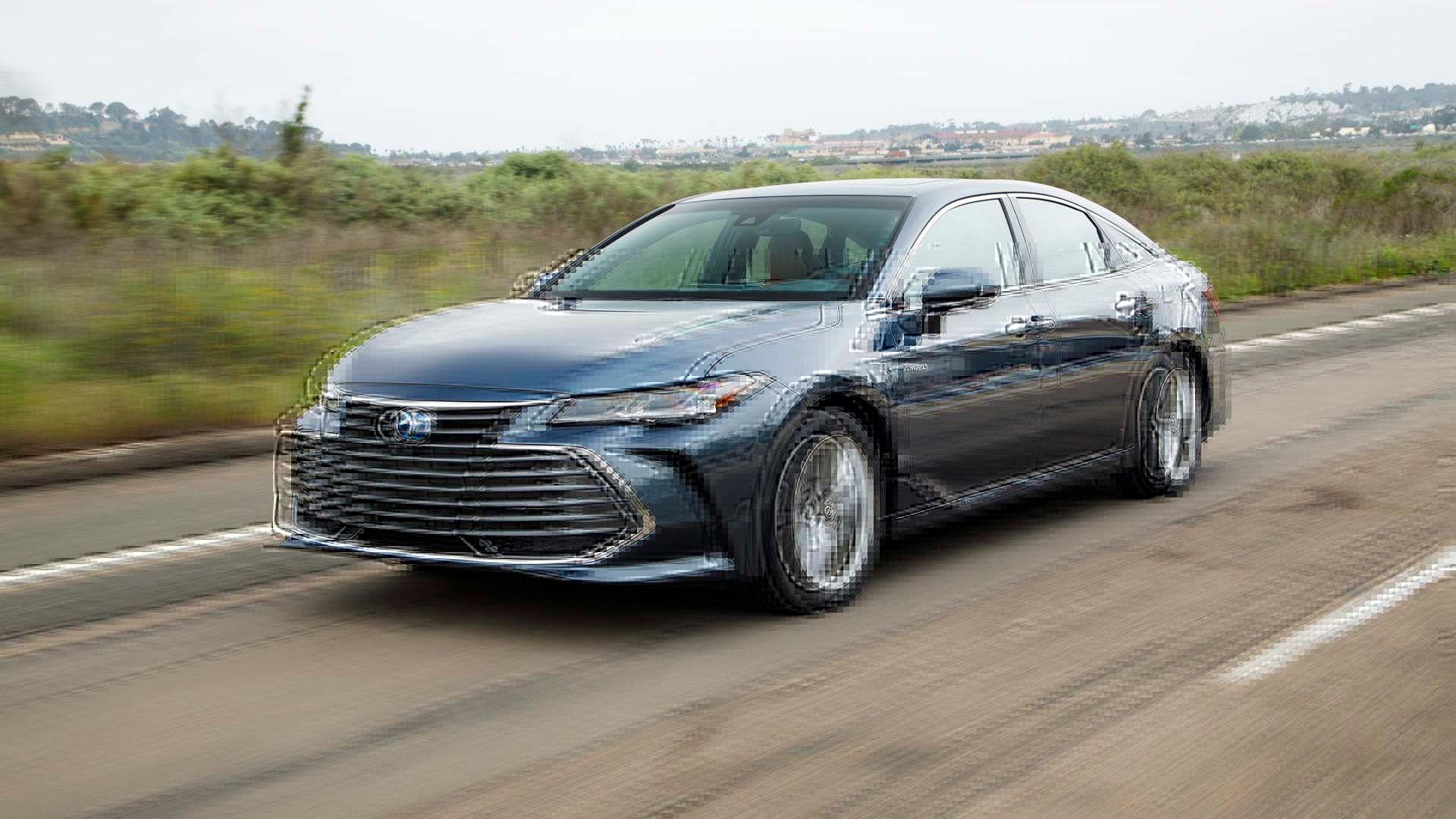
3. Honda Accord: Ohio-Built Global Sedan
The Honda Accord has become a staple in American garages, but it’s also notable for where it’s made—Ohio. Interestingly, the U.S. Accord differs from versions sold in Europe and Japan.
American and Chinese models are larger, reflecting regional preferences. Until 2013, Honda even made different Accord versions for different regions. But later, the larger U.S. version became the global standard. This shift consolidated production and simplified global marketing.
Though other countries now produce the Accord too, Ohio remains one of its major manufacturing hubs, demonstrating how American-made cars can influence global design standards.
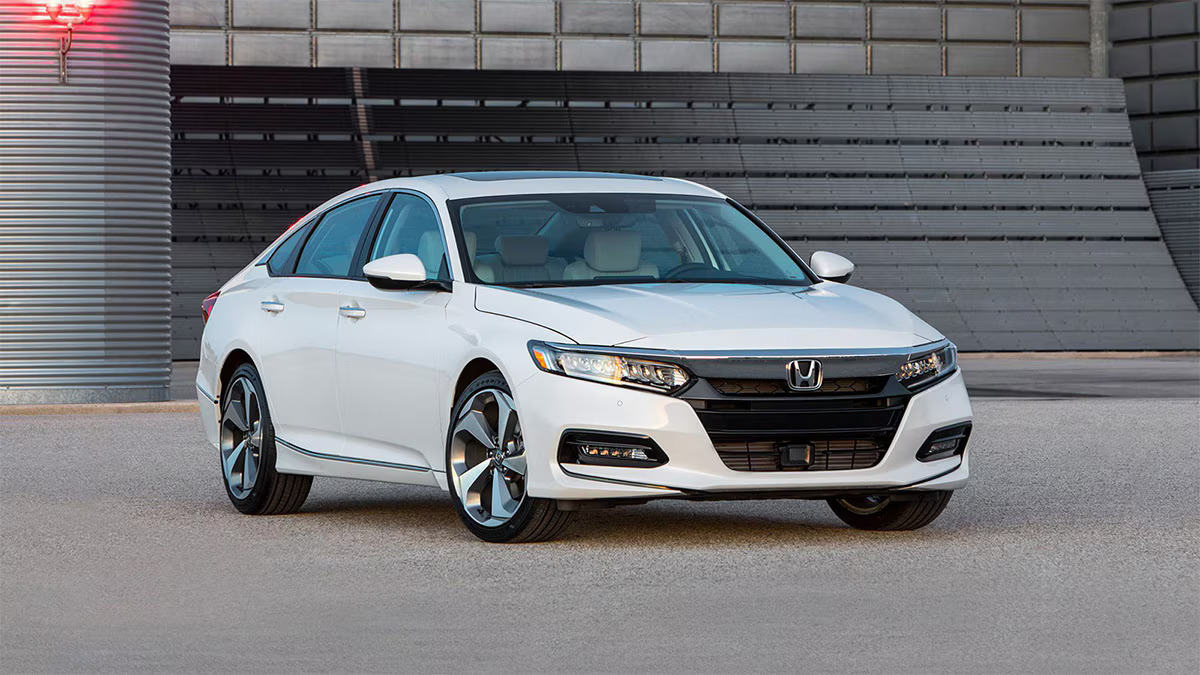
4. Toyota Tundra: More American Than You Think
Despite being a Japanese brand, Toyota’s Tundra pickup truck is as American as they come. Initially made in Indiana, production later moved to Texas, where it continues today. Built specifically to challenge American pickups like the Ford F-150, the Tundra showcases rugged design and durability.
However, it hasn’t seen a major redesign since 2007, making it feel dated compared to rivals. Yet, its American manufacturing roots make it a domestic competitor in spirit and production. The Tundra remains popular with loyal fans who appreciate its reliability and homegrown construction.
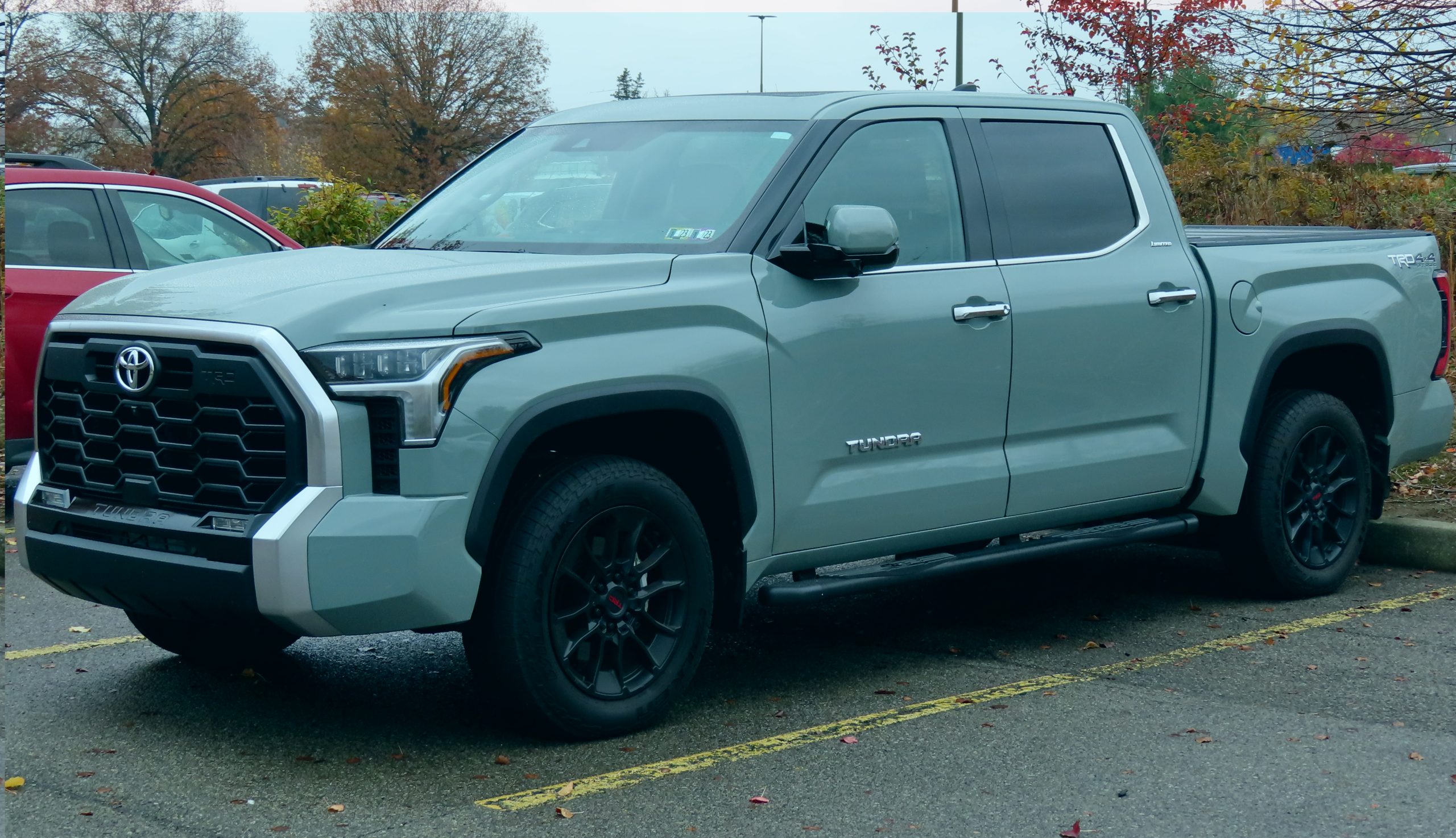
5. Nissan Titan: Mississippi’s Heavy Hitter
Nissan entered the full-size truck market with the Titan, a bold attempt to rival the big American names. Built entirely in Mississippi, the Titan gained attention with its aggressive styling and strong V8 engine. However, over time, its appeal waned due to stagnant design and performance that couldn’t keep up with evolving competitors.
Nissan tried to revamp the Titan with a new diesel V8 and fresh styling, but sales remained lukewarm. Despite this, the Titan’s Mississippi origins position it as a true American-made truck. Its story is one of early promise and ongoing efforts to stay relevant.
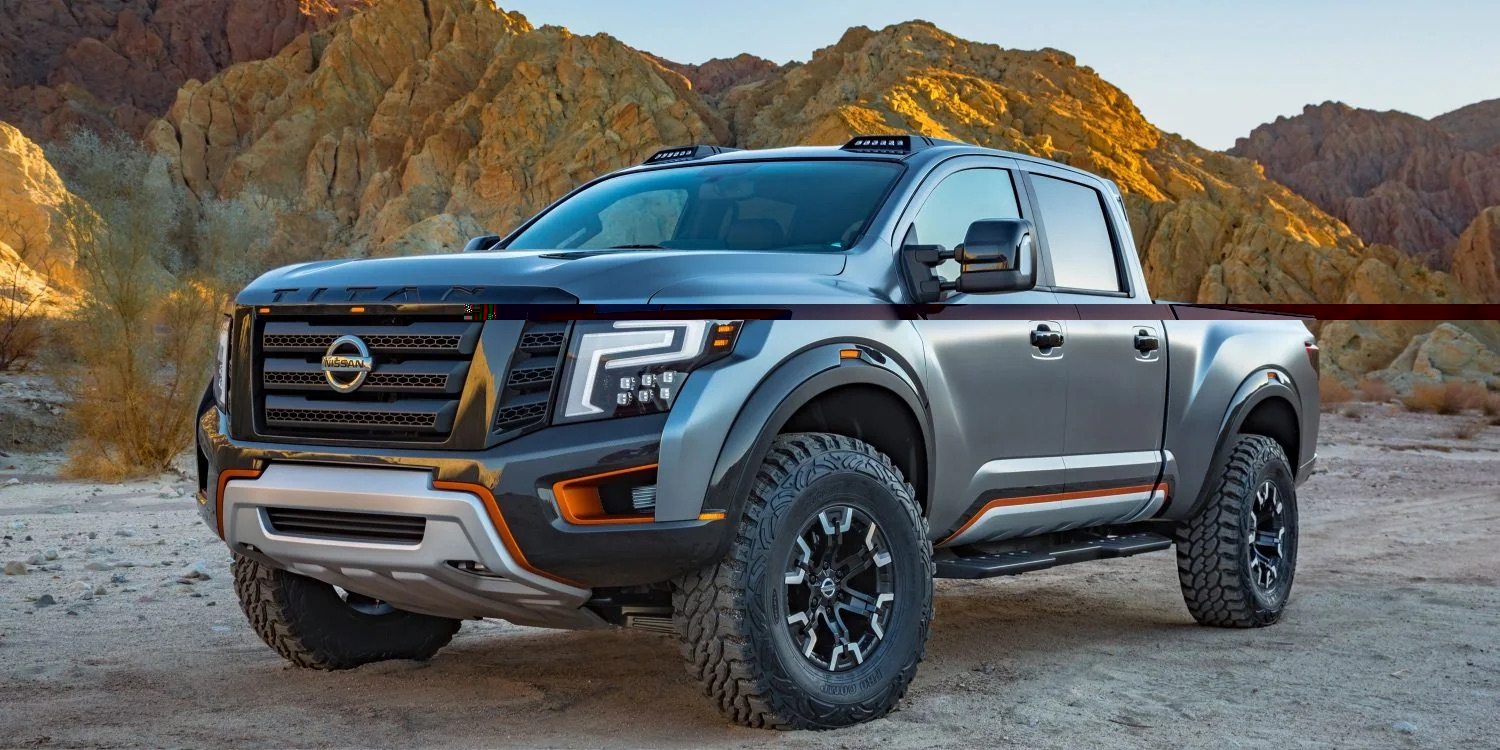
Also Read: 10 Best Cars for Families and 5 You Might Regret
6. Honda Pilot: Alabama’s Crossover King
The Honda Pilot, also built in Alabama, played a key role in shifting family preferences from minivans to crossovers. Though based on minivan architecture, it offered SUV styling and versatile space. It appealed to families who wanted practicality without the minivan stigma.
Over the years, the Pilot’s design has evolved—from boxy to sleek and back again—mirroring shifting tastes. Despite these changes, production has remained steady in Alabama, alongside the Odyssey and Ridgeline. The Pilot stands as a symbol of how American-made crossovers have become dominant in today’s family car segment.
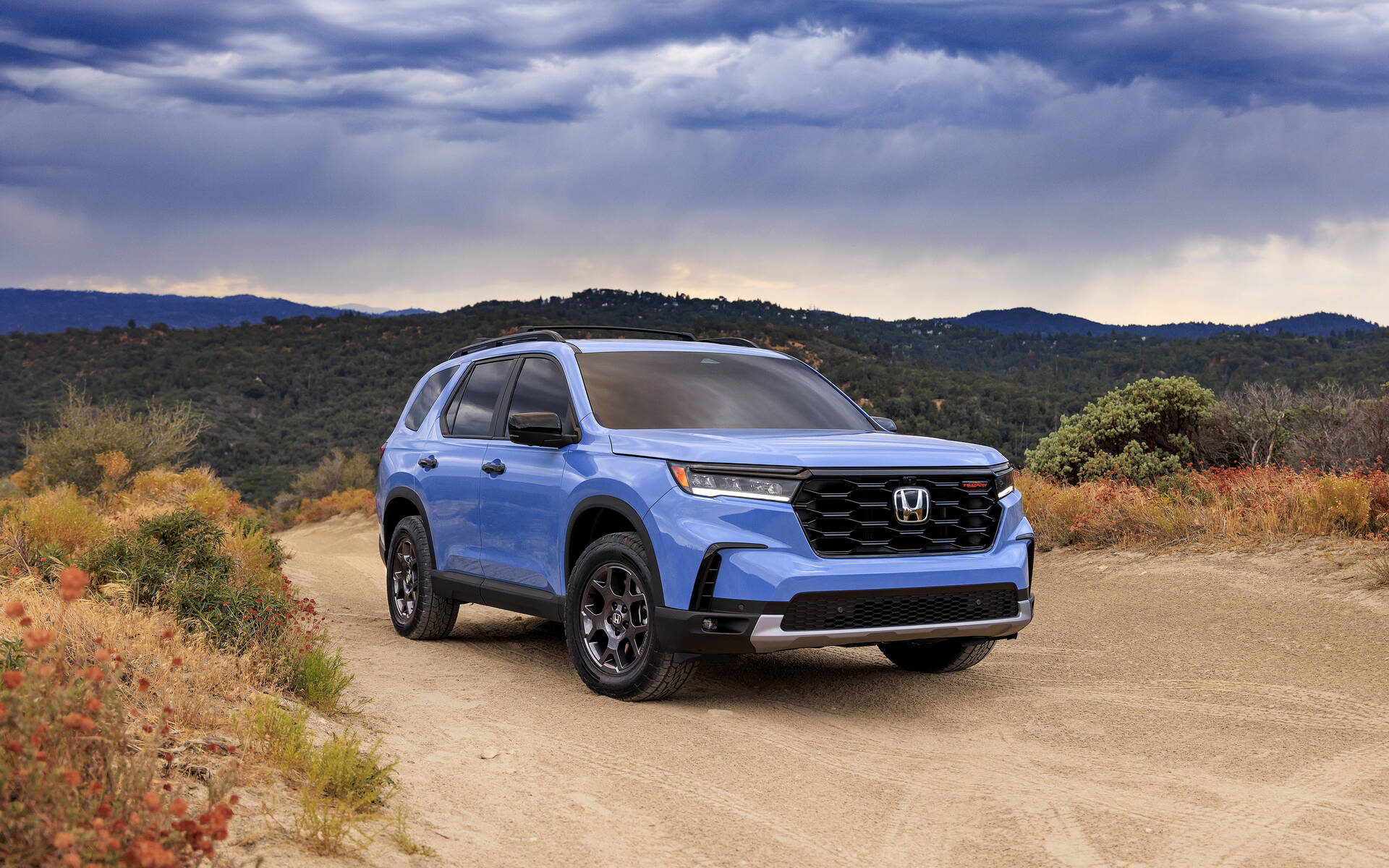
7. Volkswagen Passat: Tennessee’s German-American
Though a German brand, Volkswagen makes a special version of the Passat just for North America, right in Tennessee. The U.S. Passat is larger and more budget-friendly than its European counterpart, with simplified styling to appeal to mainstream buyers.
This was a strategic decision to compete more directly with vehicles like the Toyota Camry. Interestingly, the American-made Passat is exported to other countries like South Korea and the Middle East, showing its international appeal.
However, the U.S. Passat lacks the excitement of European variants, and production is slowly shifting toward SUVs like the Atlas.
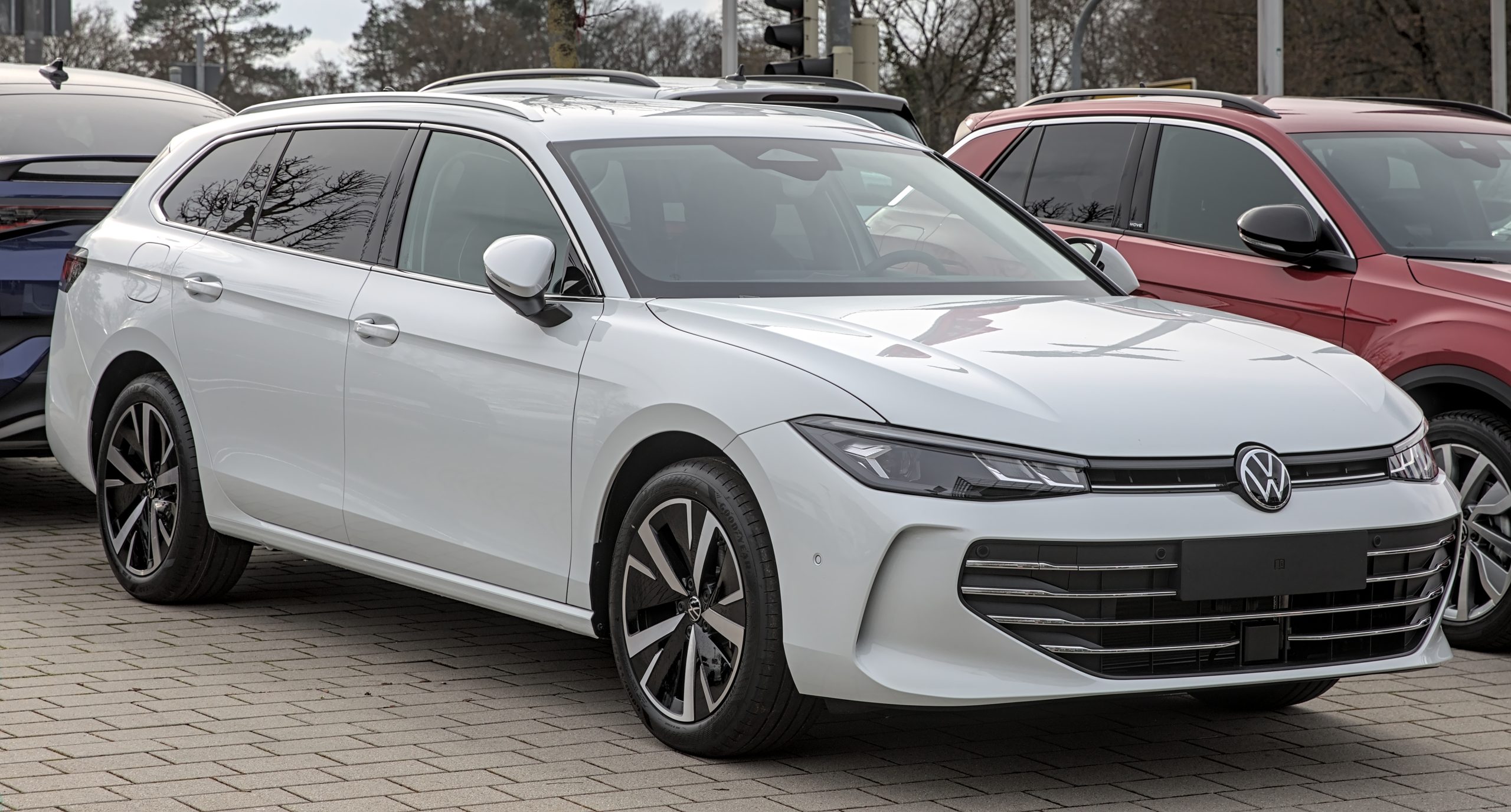
8. Toyota Highlander: American-Made Versatility
The Toyota Highlander helped define the three-row crossover segment before it was mainstream. Originally built in Japan, production later expanded to the U.S. and China. By the third generation, American and Chinese plants became the sole producers.
The Highlander offered both gas and hybrid versions, giving it an edge in fuel efficiency. Like the Honda Pilot, it gave families a more stylish alternative to minivans.
Its American production reinforces Toyota’s commitment to the U.S. market, especially in popular segments like midsize SUVs. It continues to be one of Toyota’s best-selling models, thanks in part to its U.S. roots.
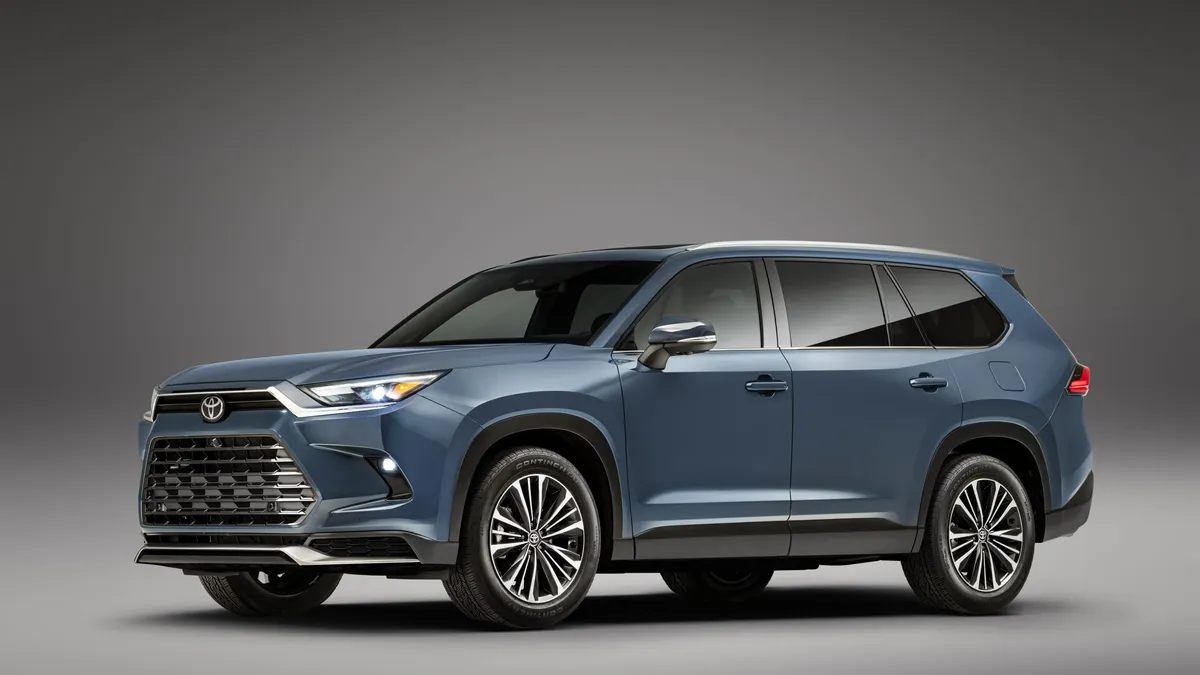
9. Volkswagen Atlas: Tennessee’s Big SUV
Volkswagen designed the Atlas specifically for the American market. As VW’s first three-row SUV built in the U.S., it was meant to replace the Touareg, which had become too upscale and expensive for many buyers. Built in Tennessee, the Atlas offers family-friendly features and spacious interiors at a competitive price.
While not as refined as luxury offerings, it hits the mark for most American SUV buyers. Its design reflects what American consumers want: size, comfort, and practicality. VW’s move to produce it in Tennessee shows how automakers adapt their global strategies to succeed in local markets.
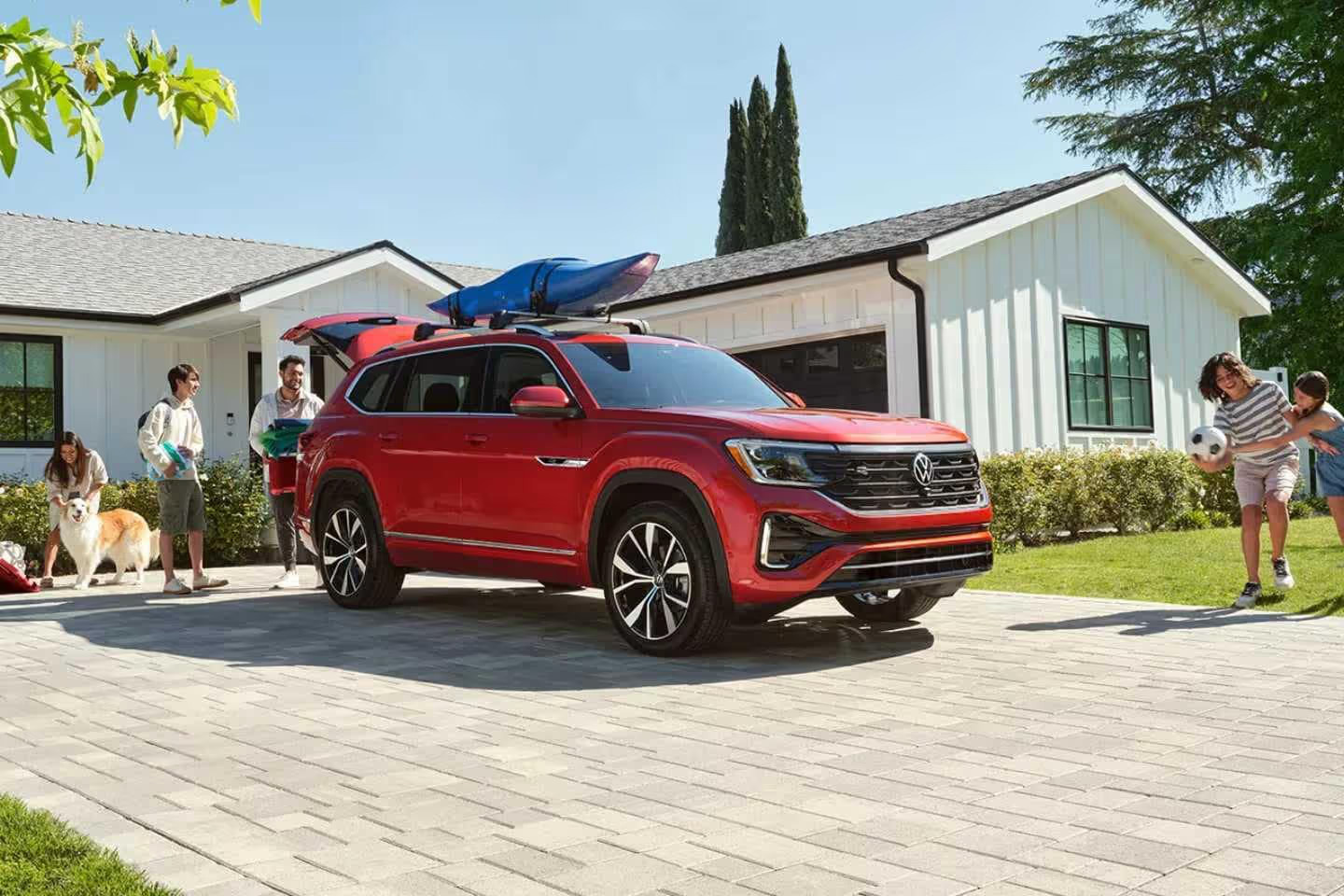
10. BMW X-Series: German Engineering, American Manufacturing
BMW’s South Carolina plant has become the hub for its X-Series SUVs, including the X3, X4, X5, and X6. While the brand is famous for German engineering, all X models (except the X1) are built exclusively in the U.S. and shipped worldwide.
This strategy allows BMW to cut costs and streamline production while still delivering the performance and luxury it’s known for.
It’s a testament to the capabilities of American manufacturing that even German automakers rely on U.S. plants for global supply. The South Carolina facility is now one of BMW’s most important assets.
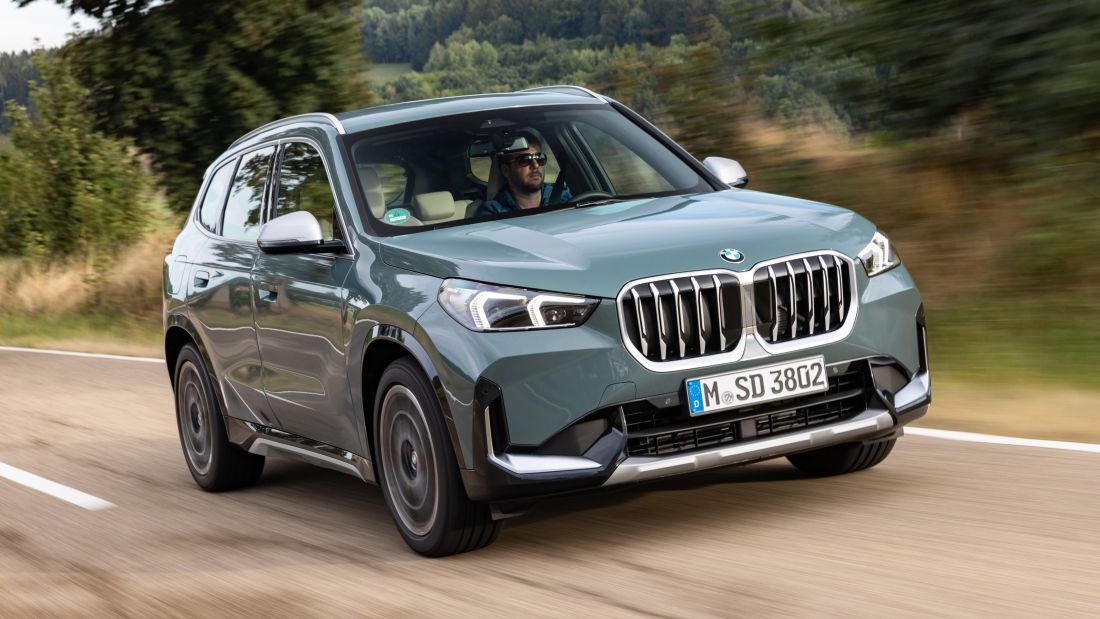
11. Toyota Camry: Kentucky’s Legacy
The Toyota Camry, one of the best-selling cars in America, has deep American roots. Built in Kentucky since 1988, the Camry represents Toyota’s longstanding investment in the U.S. market.
The plant also produces the Avalon, which has been crucial to Toyota’s success in North America. Building the Camry domestically helps reduce costs and strengthens its identity as a truly American car, despite its Japanese brand.
Known for reliability and value, the Camry remains a favorite across generations. Its continued production in Kentucky underscores the importance of local manufacturing in maintaining customer trust and loyalty.
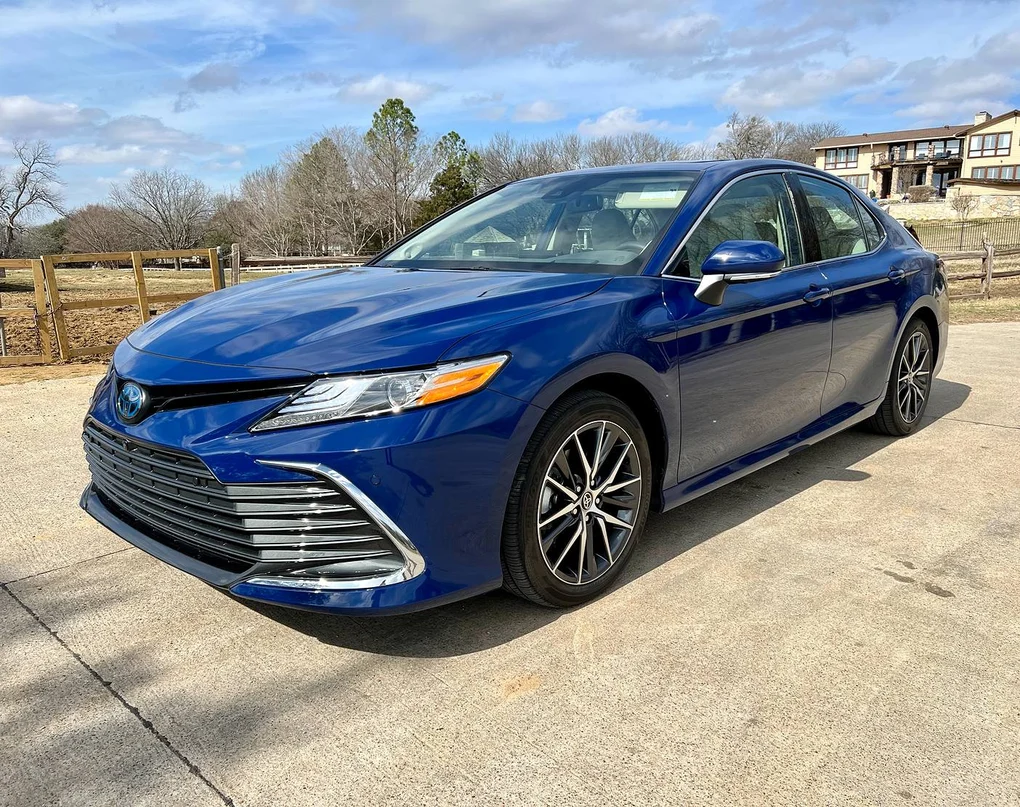
Foreign automakers have embraced American production not just for cost-effectiveness, but to better serve local markets. Vehicles like the Mercedes R-Class, Toyota Camry, and BMW X-Series show how global brands depend on U.S. facilities for both domestic and international demand.
These American-made vehicles often compete head-to-head with traditional domestic brands, blurring the lines between foreign and homegrown.
As tastes evolve and manufacturing strategies shift, America continues to play a critical role in global automotive production. Whether it’s a family SUV or a luxury performance car, chances are it might just be made in the USA.
Also Read: 10 Best and 10 Worst Cars for Cold Climates & Harsh Climate

